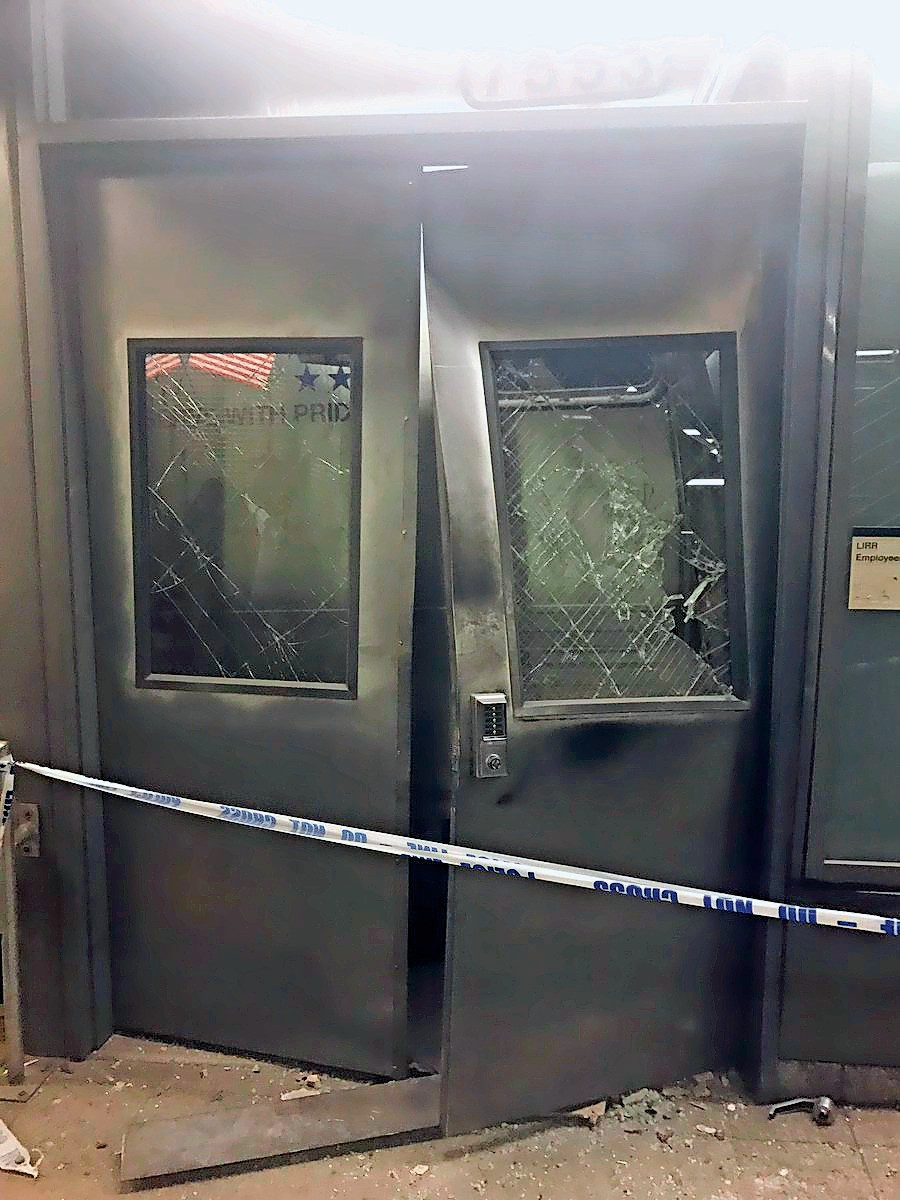Chronic fatigue blamed in Brooklyn crash
Federal board says LIRR failed to screen for sleep apnea
In a report released on Feb. 6, the National Transportation Safety Board determined that the probable cause of the Jan. 4, 2017 accident at Atlantic Terminal in Brooklyn that resulted in injuries to 108 people “was that the engineer of Long Island Rail Road train 2817 fell asleep due to his chronic fatigue.” The train was on the Far Rockaway branch that includes Inwood, Lawrence, Cedarhurst, Hewlett, Woodmere and Gibson.
The NTSB said that the engineer’s severe undiagnosed obstructive sleep apnea and the LIRR’s failure to initiate obstructive sleep apnea screening for “safety-sensitive personnel for definitive obstructive sleep apnea testing and treatment before the accident.”
The federal board also placed blame on the Federal Railroad Administration that did require railroads to medically screen employees in safety-sensitive positions for obstructive sleep apnea and other sleep disorders. The NTSB also pointed to the lack of either a device or a safety system that could have intervened to stop the train before the collision.
“The traveling public deserves alert operators,” NTSB Chairman Robert Sumwalt said.
Roughly at 8:15 a.m., the LIRR train scheduled to depart from Far Rockaway at 7:18 a.m. and due into the Atlantic Terminal in Brooklyn, at 8:11 a.m., struck the bumping block at Track 6 at Atlantic Terminal, train officials said. The train was six cars long and carrying nearly 430 passengers. As a result of the impact, the lead wheel assembly derailed, as did one additional axle. NTSB officials investigating what caused the crash and derailment said the train was moving at more than 10 mph before the collision. More than twice the 5 mph speed limit.
Federal officials also deemed that the Sept. 29, 2016, accident on the New Jersey Transit commuter railroad at Hoboken that, killed one person, injured 110, and resulted in major damage to the passenger station, was the failure of the engineer to stop the train after entering the terminal “due to the engineer’s fatigue resulting from his undiagnosed severe obstructive sleep apnea.”
As a result of the investigations, the NTSB has several new recommendations for
New Jersey Transit and Metropolitan Transportation Authority, the parent company of the LIRR.
Review and revise the hazard management portion of their system safety program plans to ensure that they document previous incidents and use them when identifying and assessing operational hazards. Ensure that operator impairment due to medical conditions, including obstructive sleep apnea, is part of the hazard management portion of their system safety program plan.
The safety of passenger and the public to the MTA’s “highest priority” spokesman Aaron Donovan, said in a statement.
The NTSB also recommended to the Federal Railroad Administration that it require intercity passenger and commuter railroads to implement technology to stop a train before reaching the end of tracks. Include the Collision Hazard Analysis Guide for Commuter and Intercity Passenger Rail Service as part of the regulation or part of a detailed compliance manual to assist railroads in implementing several federal regulations.

 44.0°,
Mostly Cloudy
44.0°,
Mostly Cloudy 




